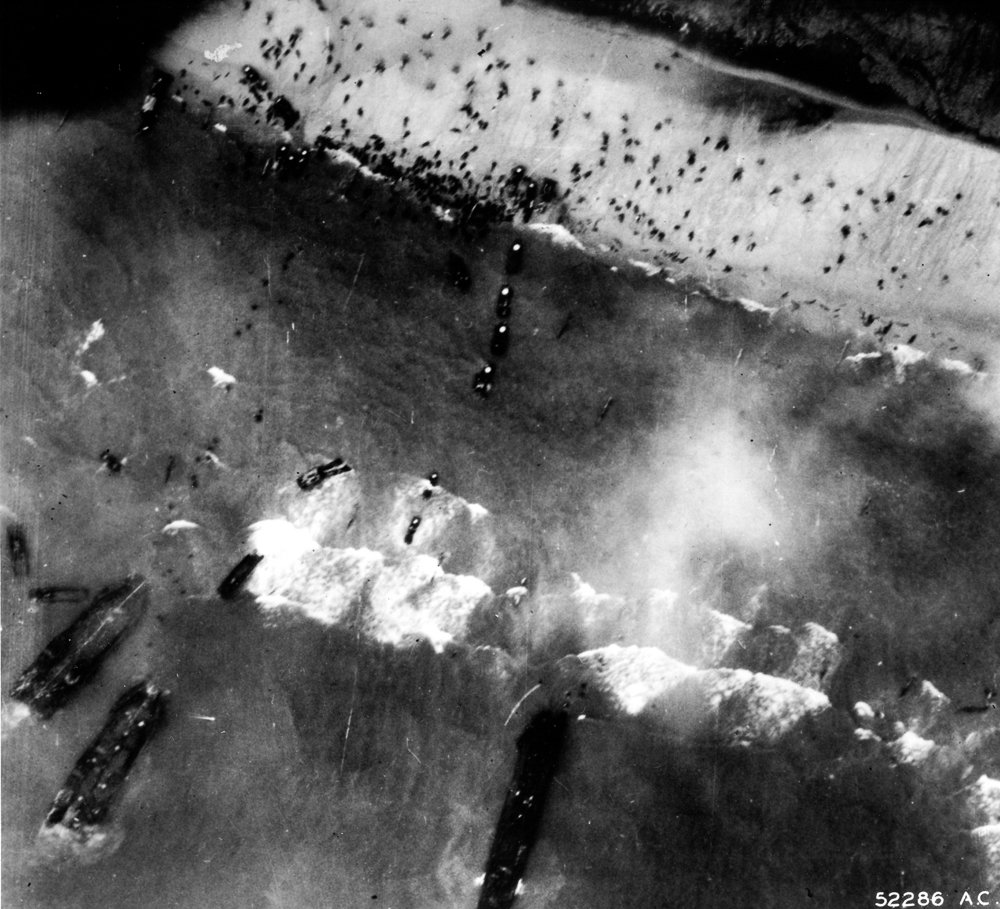RARE! WWII June 6th, 1944 D-Day Utah Beach "TAR GREEN" Sector Sand with Display Case (C.O.A. Included)






























RARE! WWII June 6th, 1944 D-Day Utah Beach "TAR GREEN" Sector Sand with Display Case (C.O.A. Included)
Comes with a hand-signed C.O.A. and a full historical research write-up.
*Limited Edition of 50*
Own your piece of history today!
Due to an incredibly high demand for display case options we are proud to offer one of our LIMITED EDITION series of HISTORIC DISPLAY CASE EXCLUSIVES. This incredible “Piece of History“ is professionally encased in a glass display case with plush padding and a tightly sealed display case. Each displays features a historical photograph and short description that corresponds to the artifact displayed. This display case measures a perfect 4.25 inches tall x 3.25 inches wide.
This series is a limited edition of 50 pieces, meaning that each “Piece of History” display is unique. The D-Day “TAR GREEN” Utah Beach sand you receive may vary slightly from the display shown.
The events of June 6, 1944, commonly known as D-Day, stand as a pivotal moment in world history. The Allied forces executed a daring and audacious plan to liberate Nazi-occupied Europe. Among the various landing sites, Utah Beach played a crucial role in the success of the operation. Within Utah Beach, one particular sector, codenamed TAR GREEN, witnessed heroic actions and strategic brilliance that contributed to the overall triumph of the D-Day landings. This very rare and very historic piece of WWII history is Utah Beach “TAR GREEN” sector sand that was preserved during a professional D-Day excavation and artifact recovery effort during the 50th D-Day anniversary in 1994.
Context and Planning:
As World War II raged on, the Allies recognized the importance of opening a second front in Europe to relieve the pressure on the Soviet Union, which had been battling the German forces on the Eastern Front. The planning for D-Day involved months of meticulous coordination, intelligence gathering, and strategic decisions. The Utah Beach landings were part of Operation Neptune, the naval component of the larger Operation Overlord.
Utah Beach was situated on the westernmost flank of the invasion area, making it crucial for the success of the operation. The American forces assigned to Utah Beach faced the challenging task of establishing a secure beachhead and advancing inland to disrupt German defenses and secure vital transportation routes.
TAR GREEN Sector:
The Utah Beach landing was divided into several sectors, and one of these was TAR GREEN. This particular sector was located on the southernmost edge of Utah Beach. The American 4th Infantry Division, under the command of Major General Raymond Barton, was tasked with landing at TAR GREEN. This sector comprised the beaches known as Utah Beach and the adjacent terrain.
The primary objectives of the American forces landing at TAR GREEN were to capture key beach exits, secure the causeways that led inland, and neutralize any German defenses that could hinder the establishment of a successful beachhead. This required a combination of amphibious assault, infantry maneuvers, and armored support.
The Missions:
The success of the TAR GREEN landings was contingent on executing a series of critical missions. Among these missions, the following stood out:
Securing Beach Exits: The initial wave of American forces had to swiftly establish control over the beach exits to enable the rapid movement of troops and equipment inland. This involved intense combat against German coastal defenses, including machine gun nests and artillery placements.
Capturing Causeways: The causeways leading inland were of paramount importance, as they provided the means for the advancing Allied forces to move their vehicles and equipment. The American troops had to secure these routes quickly to maintain the momentum of the offensive.
Neutralizing German Strongpoints: TAR GREEN, like other sectors, had its share of fortified German positions. The success of the landings hinged on the ability of the American forces to locate and neutralize these strongholds, preventing them from impeding the advance inland.
Triumph and Legacy:
The American forces landing at TAR GREEN demonstrated remarkable bravery and resourcefulness. Despite the challenging conditions and fierce German resistance, they managed to secure the beach exits, capture the causeways, and eliminate key German strongpoints. This success allowed the Allied forces to establish a solid beachhead at Utah Beach, facilitating the swift movement of troops and supplies inland.
The triumph at TAR GREEN played a significant role in the larger success of the D-Day landings. The establishment of a secure beachhead at Utah Beach allowed the Allies to gain a foothold on the European continent, leading to the liberation of France and eventual victory over Nazi Germany.
The WWII D-Day Utah Beach landings, particularly in the TAR GREEN sector, represent a triumph of strategic planning, courage, and determination. The American forces faced formidable challenges but managed to secure their objectives and contribute to the overall success of Operation Overlord. The events of June 6, 1944, underscore the sacrifices made by those who participated in the landings and stand as a testament to the Allied forces' ability to execute a complex and audacious plan under adverse circumstances.